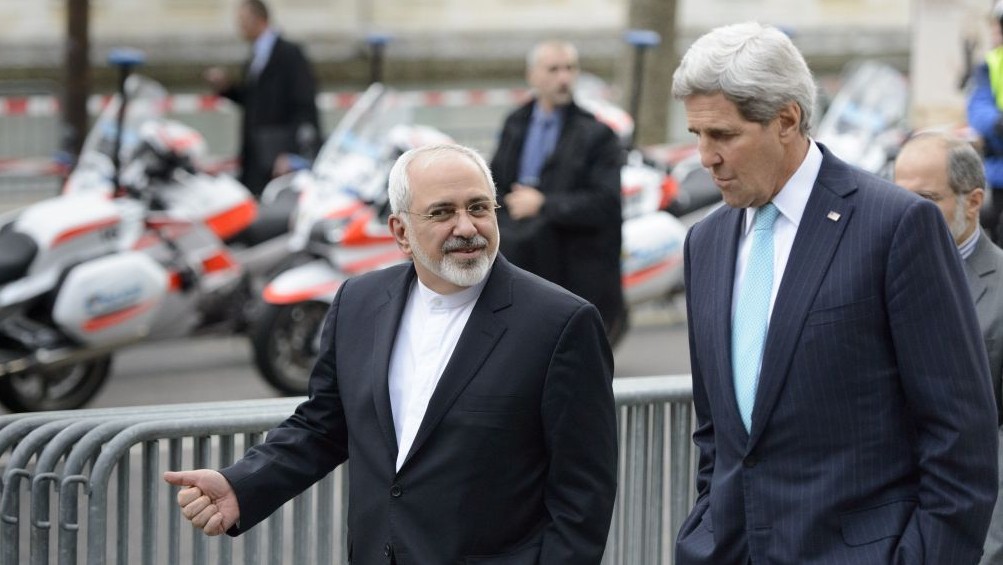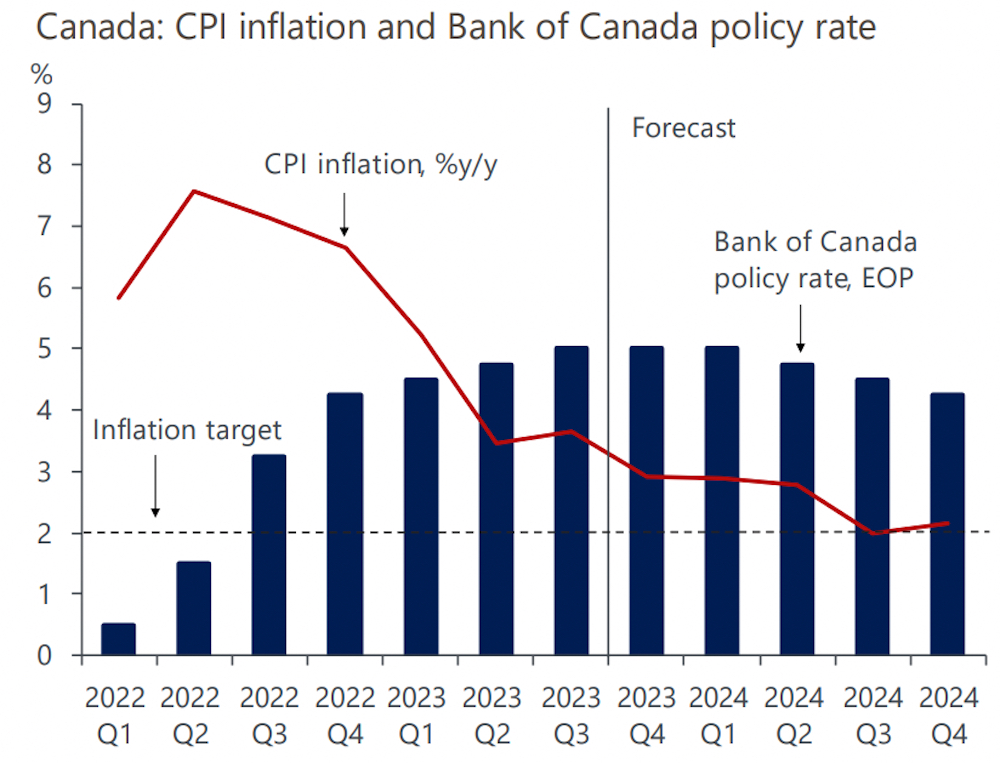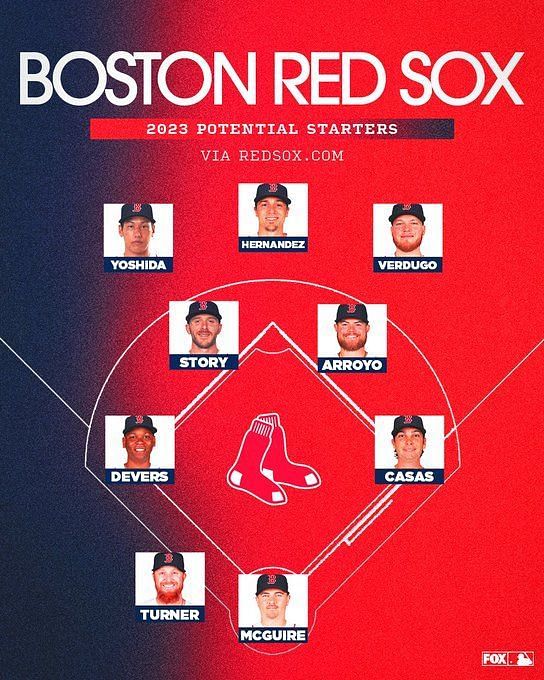US-Iran Nuclear Discussions: Key Differences Hinder Progress

Table of Contents
Differing Interpretations of the JCPOA (Joint Comprehensive Plan of Action)
The JCPOA, initially signed in 2015, aimed to curb Iran's nuclear program in exchange for sanctions relief. However, the US withdrawal under the Trump administration in 2018 and Iran's subsequent actions have significantly altered the landscape. Both sides hold drastically different interpretations of compliance and the agreement's terms.
-
US perspective: The US argues Iran has violated the spirit, if not the letter, of the JCPOA by exceeding agreed-upon enrichment levels and continuing its ballistic missile program. They view these actions as a threat to regional and global security.
-
Iran's perspective: Iran contends that it has largely adhered to the agreement's provisions, but its actions are justified responses to the US withdrawal and continued sanctions. They assert their right to a peaceful nuclear program for energy and research purposes.
-
Verification and Inspections: Disagreements persist concerning the scope and nature of verification mechanisms and international inspections of Iranian nuclear facilities. The US seeks more robust and intrusive inspections, while Iran expresses concerns about potential abuses and interference in its sovereignty.
The Scope of Sanctions Relief
The lifting of sanctions remains a major sticking point. Iran demands comprehensive sanctions relief encompassing all sectors of its economy, while the US favors a more targeted approach, lifting sanctions incrementally based on demonstrable Iranian compliance.
-
Oil Export Restrictions: A key area of contention involves the lifting of restrictions on Iran's oil exports, a crucial component of its economy. The US is hesitant to fully restore oil exports without guarantees of Iranian compliance with other provisions.
-
Sanctions on the IRGC: The US's designation of Iran's Revolutionary Guard Corps (IRGC) as a foreign terrorist organization complicates matters. Iran demands the removal of all sanctions related to the IRGC, a demand the US is reluctant to meet.
-
Impact on Iran's Economy: The continued impact of financial sanctions on Iran's economy fuels Iranian resentment and strengthens their resolve to seek comprehensive relief. The extent of sanctions relief directly impacts Iran's willingness to compromise on its nuclear program.
The Timeline and Sequencing of Actions
Another major hurdle is the disagreement on the sequencing of actions. Iran insists on simultaneous actions – sanctions relief in exchange for nuclear limitations – while the US prefers a phased approach, with Iran demonstrating compliance before receiving sanctions relief.
-
Sanctions Relief First or Compliance First?: This fundamental difference reflects the deep mistrust between the two countries. Iran argues it cannot trust the US to uphold its commitments without prior sanctions relief. The US, conversely, is hesitant to offer concessions without verifiable Iranian compliance.
-
International Guarantees: The lack of trust necessitates international guarantees and verification mechanisms to ensure both sides adhere to their commitments. However, reaching consensus on the specifics of these guarantees remains challenging.
-
Rapid Reconstitution Concerns: The US harbors concerns that Iran could quickly reconstitute its nuclear program if sanctions are lifted prematurely and without robust verification mechanisms. This fear fuels the US's preference for a phased approach.
Regional Security Concerns and Proxy Conflicts
Beyond the nuclear issue itself, regional security concerns and Iran's support for regional proxies significantly impact negotiations. The US views Iran's support for groups like the Houthis in Yemen as destabilizing and a threat to its regional allies.
-
Iran's Regional Influence: Iran's involvement in Syria and Lebanon, perceived as a threat to regional stability by the US and its allies, further complicates the situation. These actions raise concerns about Iran's intentions beyond its nuclear program.
-
Role of Saudi Arabia and Israel: Regional powers like Saudi Arabia and Israel exert considerable influence on the US approach to negotiations, adding further complexity and making compromise more difficult. Their concerns about Iran's regional ambitions are a key factor influencing US policy.
Overcoming the Obstacles in US-Iran Nuclear Discussions
The key differences highlighted above – diverging interpretations of the JCPOA, disagreements over the scope of sanctions relief, the sequencing of actions, and regional security concerns – present significant obstacles to resolving the US-Iran nuclear issue. Resolving these differences is paramount for global security, preventing nuclear proliferation, and fostering regional stability.
Potential avenues for compromise could involve a phased approach with verifiable steps, focusing on building trust through incremental actions. International guarantees and robust verification mechanisms will be crucial. Open dialogue and a willingness to address each side's concerns are essential for achieving a peaceful resolution.
Call to action: Engage in informed discussions about the complexities of US-Iran nuclear negotiations and advocate for diplomatic solutions. Understanding the key differences in US-Iran nuclear discussions is crucial for fostering a path towards a peaceful resolution and preventing a potential nuclear crisis. Let's work towards a future where diplomacy prevails over conflict, ensuring regional security and preventing nuclear proliferation.

Featured Posts
-
 As Markets Swooned Pros Sold And Individuals Pounced A Market Analysis
Apr 28, 2025
As Markets Swooned Pros Sold And Individuals Pounced A Market Analysis
Apr 28, 2025 -
 Top Chefs Fishermans Stew A Culinary Delight For Eva Longoria
Apr 28, 2025
Top Chefs Fishermans Stew A Culinary Delight For Eva Longoria
Apr 28, 2025 -
 Grim Retail Sales Data Implications For Bank Of Canada Interest Rates
Apr 28, 2025
Grim Retail Sales Data Implications For Bank Of Canada Interest Rates
Apr 28, 2025 -
 2000 Yankees Diary Joe Torres Meetings And Andy Pettittes Shutout Of The Twins
Apr 28, 2025
2000 Yankees Diary Joe Torres Meetings And Andy Pettittes Shutout Of The Twins
Apr 28, 2025 -
 Cairo Hosts Hamas Leaders For Ceasefire Discussions Trump Weighs In
Apr 28, 2025
Cairo Hosts Hamas Leaders For Ceasefire Discussions Trump Weighs In
Apr 28, 2025
Latest Posts
-
 Red Soxs Shifting Lineup Impact Of Outfielders Return And Casas Lowered Spot
Apr 28, 2025
Red Soxs Shifting Lineup Impact Of Outfielders Return And Casas Lowered Spot
Apr 28, 2025 -
 Analysis Red Sox Lineup Changes Following Outfielders Return And Casas Demotion
Apr 28, 2025
Analysis Red Sox Lineup Changes Following Outfielders Return And Casas Demotion
Apr 28, 2025 -
 Updated Red Sox Lineup Casas Position Change And Outfielders Reinstatement
Apr 28, 2025
Updated Red Sox Lineup Casas Position Change And Outfielders Reinstatement
Apr 28, 2025 -
 Red Sox Lineup Outfielder Returns Casas Moves Down In The Order
Apr 28, 2025
Red Sox Lineup Outfielder Returns Casas Moves Down In The Order
Apr 28, 2025 -
 Triston Casas Continued Slide Red Sox Lineup Adjustment And Outfielders Return
Apr 28, 2025
Triston Casas Continued Slide Red Sox Lineup Adjustment And Outfielders Return
Apr 28, 2025
